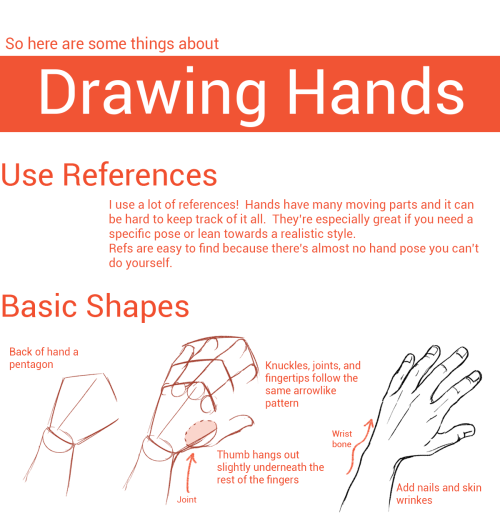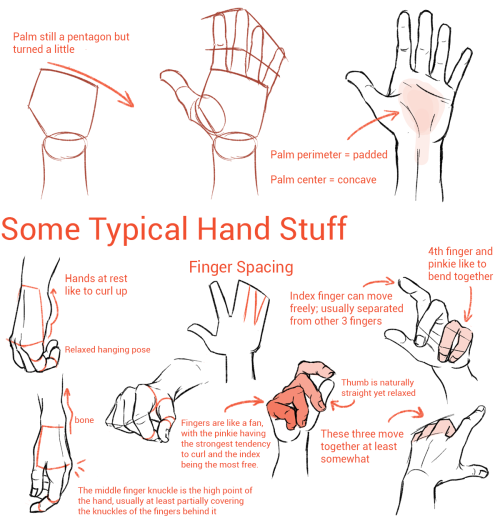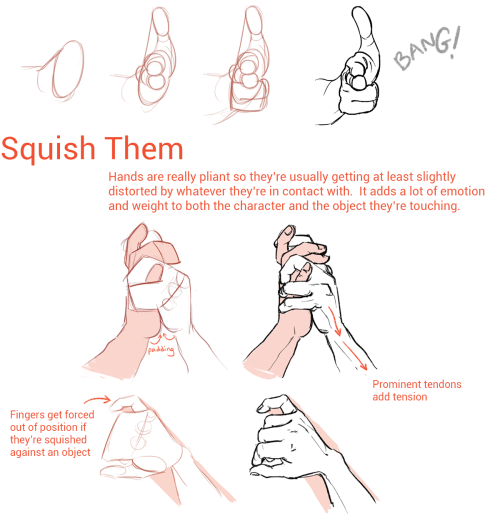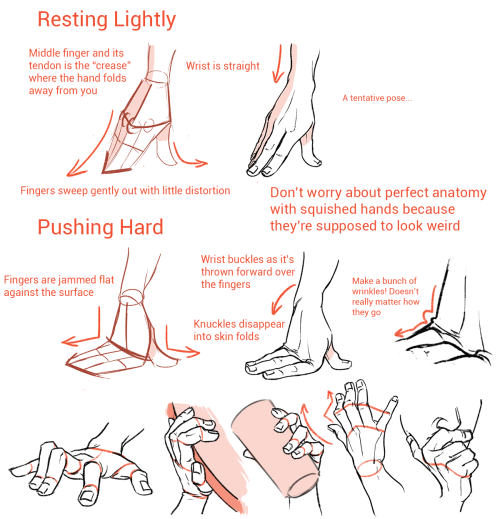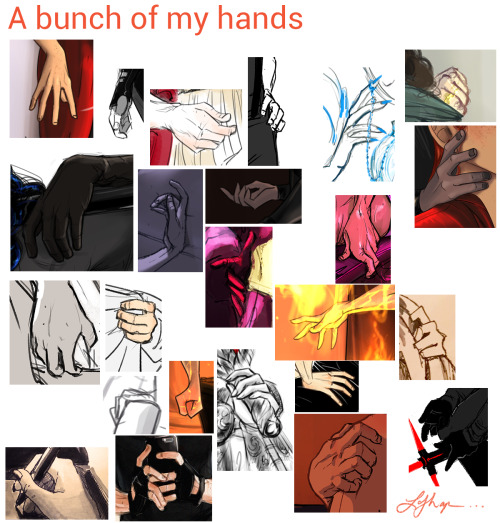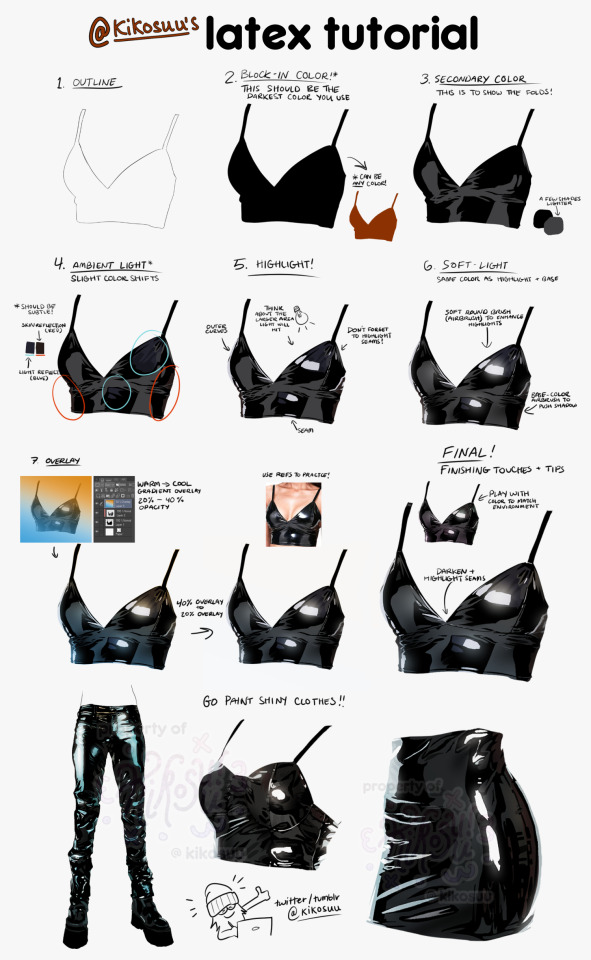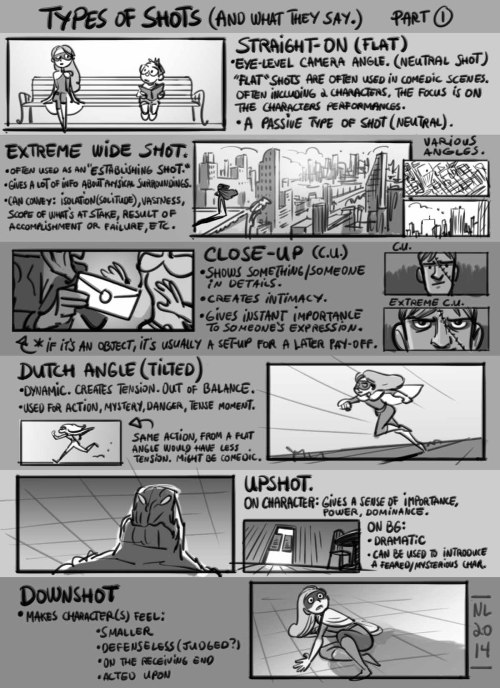Hi! Umm Pls Pls PLS If You Have The Time, Do A Thingy On Arms When You Get The Chance, They Are So Hard
hi! umm pls pls PLS if you have the time, do a thingy on arms when you get the chance, they are so hard i could almost cry aslkdjaskjsas, i keep forgetting how many curves an arm should have/how long it should be (in diff positions/when it's not resting at the hips) etc etc etc ahhh omg please!! thank you sosososo much, i l♡ve all of your art and i hope you have a nice day!! ✧ ㅠㅠ ✧






I don’t want to go into detail in terms of muscles, but I’m sure you can find them if you google arm muscles! Hope this helps u out a little!
More Posts from Arttuti and Others
apparently ppl don’t know about waifu2x??? despite its… concerning name it’s literally the most convenient website i’ve ever come across as an artist
it allows you to resize artwork without it becoming pixellated. this is a MASSIVE help if you, for example, make lineart too small or something. it works best with things that 1. have no textures 2. have smooth lines 3. have cel shading, but it still works really damn well for things that don’t fit that profile
here’s an example:

normal size

2x in paint

2x in waifu2x
so like, there’s that. go wild
should i be trying to master like each feature before i try drawing a face? like should i be able to draw eyes really well, then move to the nose, mouth etc? i dont know when i should be moving on to the next step. right now, mouths are a frustrating thing but i also try to draw the whole face because proportions practice, so its all very over whelming and then i get discouraged cause drawing lips is so hard and putting everything to make a face is hard ;-;
I think if you’re having trouble with a feature you should definitely do some studies of it! I practiced the face all at once so I don’t really think there are any rules to this haha. The downside to trying to master one feature at a time is, like you said, not being sure when to move on. You might end up drawing amazing eyes but the rest of the face will always be a little off because you haven’t put enough time into studying the other features. I’m sure you’ve also come across artists who draw nice heads and it all falls apart when they try to draw a fullbody. Personally I’d just tackle the face all at once, take time to study the separate features but try not to neglect any of them and don’t think you can’t draw a face because you aren’t a master of a particular feature! You can do it * V * Here are some quick notes on lips, I hope they help a little.





I realise that this is the shittiest tutorial in the world, but I hope it makes sense at least. I mean my coloring is pretty crappy to begin with, so it’s not such a complicated prossess as just a repetitive one.
But I hope it’s at least helpful to someone ^^ Feel free to ask me questions if you’ve got ‘em.
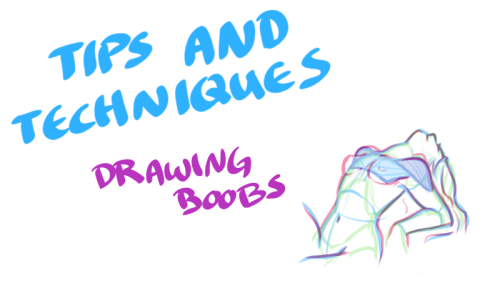
Just when you thought you knew everything about boobs… NSFW?






My darling friend Chizzi mentioned that there are a lot of booby tutorials out there are just predrawn boobs with the artist going HEY LOOK! HERE ARE SOME BOOBS! but not many that actually talk about the anatomical structure, and where to put the lines. I was like, “Hey, I can probably whip something up.“ And so I spent my thanksgiving making this.
Proportions probably aren’t exact, but I did my best. I also didn’t explore the various body types, but perhaps I could do a separate tutorial someday. I hope you find this tutorial useful :)
All photo references used in the tutorial were found on The Drawing Script. Credits to each photo belong to their respective owners.
can you give a run down on skintones?
PART ONE: COLOR SELECTION.
In painting skin tones, a lot of the time I see people choose colors that are over-saturated or unbalanced. There isn’t really an exact art to this that I can explain—you just need to get a feel for what saturation balance you need for that particular skintone. Here are some examples of what I usually pick.

As you can see, I used different base colors (orange, reddish, yellow) for the skin shades in all three examples. The reason for this is because all skin tones have a different base color besides just Light, Medium, and dark. Some people divide them into categories of “warm” and “cool.” Pantone has some really good examples and references for this.

PART TWO: COLOR VARIATION.
Another big part about drawing and painting skin tones that a lot of people forget is how skin thickness affects color variation. The presence of bone, blood, and muscle underneath the skin affects its colors. This is especially noticeable on the face.

The colors here are a little exaggerated to show my point, but with a little adjusting and blending…

Voila! Subtle, but more realistic.
PART THREE: DETAILS.
Our skin is the largest organ on our body, and as our body’s first line of defense against the outside world, it’ll be covered with tiny details and imperfections. Things like sunburns, tans, freckles, scars, and facial hair all add character to your subject matter. Here are some examples!
TANS: Everyone tans differently, depending on your ethnicity and skin tone. Fair skinned folks tend to burn more than tan, which means you’ll need a more startling, eye-catching red.If you have a skin type that tends to tan more, the color will be more brown than red. For black skin tones, the tan is less red. (And while we’re on the subject: black people DO tan, so it’s important for you to put on sunscreen and be careful in the sun, too.)

Those are the areas that the sun tends to hit the most—and things like goggles, hats, and masks can change the shape of that area.
FRECKLES AND MOLES: Freckles are also products of the sun. Some people have freckles that stay year-round, while others have freckles that fade in the winter and return in the summer. Moles are skin cells that grow in a cluster instead of being spread throughout the skin. When exposed to the sun, they tend to darken. (Another note on skin health: if you have any oddly-shaped/colored moles, moles that have changed color, size, or shape, or anything of the sort, please check with your doctor!)
Freckles like to cluster around each other, sort of like stars, and they vary greatly in size. You can have a few freckles in one place, or a lot of freckles in multiple places. Most commonly freckled areas are your face, shoulders and neck, back, and forearms.

FACIAL HAIR: Facial hair also affects the colors of the face. For simplicity’s sake we’ll be using black hair, as it is the most noticeable. Facial hair usually grows in these areas, and can make the skin look blueish/grayish because of the darker hairs beneath the skin. If your hair is red, this also very noticeable.

END NOTE.
There you go! That’s about all I can think of at the moment for skin tones. As always, references and practice are your best friend (and so is this neat little trick that pheberoni has.) Good luck with your arting!
-
 maycit0 liked this · 1 month ago
maycit0 liked this · 1 month ago -
 nessaillus liked this · 1 month ago
nessaillus liked this · 1 month ago -
 ispyatobert liked this · 1 month ago
ispyatobert liked this · 1 month ago -
 the-awesomeness-of-randomness liked this · 2 months ago
the-awesomeness-of-randomness liked this · 2 months ago -
 cosmiclv reblogged this · 2 months ago
cosmiclv reblogged this · 2 months ago -
 reignlycan liked this · 2 months ago
reignlycan liked this · 2 months ago -
 tobysbadhorns liked this · 2 months ago
tobysbadhorns liked this · 2 months ago -
 benchaplins liked this · 2 months ago
benchaplins liked this · 2 months ago -
 adanmwere liked this · 2 months ago
adanmwere liked this · 2 months ago -
 mkhx liked this · 3 months ago
mkhx liked this · 3 months ago -
 coffee-or-murder reblogged this · 3 months ago
coffee-or-murder reblogged this · 3 months ago -
 memetrashmom reblogged this · 3 months ago
memetrashmom reblogged this · 3 months ago -
 memetrashmom liked this · 3 months ago
memetrashmom liked this · 3 months ago -
 nightingalesmelody liked this · 3 months ago
nightingalesmelody liked this · 3 months ago -
 corporal-ravioli reblogged this · 3 months ago
corporal-ravioli reblogged this · 3 months ago -
 m3laini3sdr3am liked this · 3 months ago
m3laini3sdr3am liked this · 3 months ago -
 newdaysinspired liked this · 4 months ago
newdaysinspired liked this · 4 months ago -
 cadaverlike liked this · 4 months ago
cadaverlike liked this · 4 months ago -
 pinkasketch liked this · 4 months ago
pinkasketch liked this · 4 months ago -
 maximummmph liked this · 5 months ago
maximummmph liked this · 5 months ago -
 notforurefs reblogged this · 5 months ago
notforurefs reblogged this · 5 months ago -
 anakinsscars liked this · 5 months ago
anakinsscars liked this · 5 months ago -
 wolvarian204 liked this · 5 months ago
wolvarian204 liked this · 5 months ago -
 roseybloodlust reblogged this · 5 months ago
roseybloodlust reblogged this · 5 months ago -
 cuttote reblogged this · 5 months ago
cuttote reblogged this · 5 months ago -
 ungato-con-internet liked this · 5 months ago
ungato-con-internet liked this · 5 months ago -
 39fuwas liked this · 5 months ago
39fuwas liked this · 5 months ago -
 cremebrulee-69 reblogged this · 6 months ago
cremebrulee-69 reblogged this · 6 months ago -
 draculas-daughter29 liked this · 6 months ago
draculas-daughter29 liked this · 6 months ago -
 the-letter-horror-lover liked this · 6 months ago
the-letter-horror-lover liked this · 6 months ago -
 sea-adhesiveness537 reblogged this · 6 months ago
sea-adhesiveness537 reblogged this · 6 months ago -
 sea-adhesiveness537 liked this · 6 months ago
sea-adhesiveness537 liked this · 6 months ago -
 mayereka liked this · 6 months ago
mayereka liked this · 6 months ago -
 silver-maknae liked this · 6 months ago
silver-maknae liked this · 6 months ago -
 quantumlibrariansybillion reblogged this · 6 months ago
quantumlibrariansybillion reblogged this · 6 months ago -
 quantumlibrariansybillion liked this · 6 months ago
quantumlibrariansybillion liked this · 6 months ago -
 liamins liked this · 6 months ago
liamins liked this · 6 months ago -
 tytoalbion liked this · 6 months ago
tytoalbion liked this · 6 months ago -
 syrupmancer reblogged this · 6 months ago
syrupmancer reblogged this · 6 months ago -
 ottobooty liked this · 7 months ago
ottobooty liked this · 7 months ago -
 buttercookies4lyfe liked this · 7 months ago
buttercookies4lyfe liked this · 7 months ago -
 that-cameo liked this · 7 months ago
that-cameo liked this · 7 months ago -
 bluethepenguin reblogged this · 7 months ago
bluethepenguin reblogged this · 7 months ago -
 pizzawizardladysblog liked this · 7 months ago
pizzawizardladysblog liked this · 7 months ago -
 crierofirony liked this · 7 months ago
crierofirony liked this · 7 months ago -
 chaos-and-clowns liked this · 7 months ago
chaos-and-clowns liked this · 7 months ago

